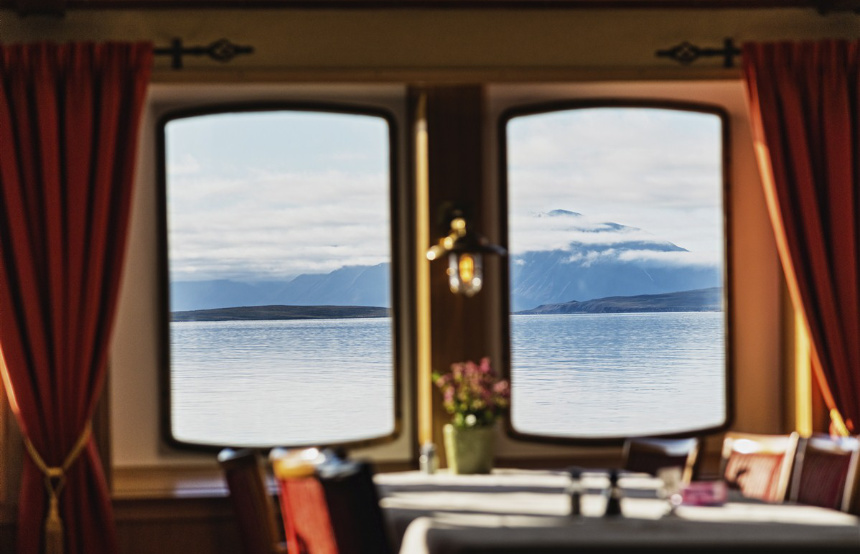
Published 19th Apr. 2024
Reading time
Norway doesn’t need guidance when it comes to sustainability. The country has a stellar reputation for keeping its air clean, landscapes green and seas pristine through renewable energies and sustainable resource handling. But despite their globally recognised efforts, there’s a factor they can’t completely control: tourism. With their yearly visitors in the millions, efforts must be made to ensure we’re travelling sustainably to help continue to preserve their natural wonders. Whether switching overcrowded hotspots for hidden gems or ditching the plane and arriving by sea, read on to discover how we’re eager to shed light on sustainable tourism in Norway.
You may not have heard of ‘overtourism’, but we’re certain you’ve experienced it. Think of turning up to a sought-after travel spot only to be met with tedious queues, frustrated residents and worn-down natural environments. Crowds congregating in places like Norway’s formidable fjords strains locals and Mother Nature alike, but luckily, there’s a solution. By promoting ‘undertourism’ and highlighting hidden gems, we can reduce the burden on heavily-visited areas in Norway while supporting local economies in less-visited regions. For example, swap the bustling Lofoten Islands for the lesser-visited, luscious landscapes of Senja Island to help support sustainable tourism in Norway.
While we’re committed to absorbing 100% of the carbon from our clients’ flights through reforestation projects, there’s still plenty of merit in avoiding flying altogether. Swapping planes for trains (or ferries) reduces emissions while extending your journey from A to B, and who doesn’t love slow travel? Heading on a Norway holiday while skipping the skies allows you to travel to European countries you’d otherwise miss, such as Denmark or Germany, before hopping on a ferry and witnessing Norway’s fjords up close. Ticking sites off your travel checklist while helping the planet? Sounds like a win-win to us.
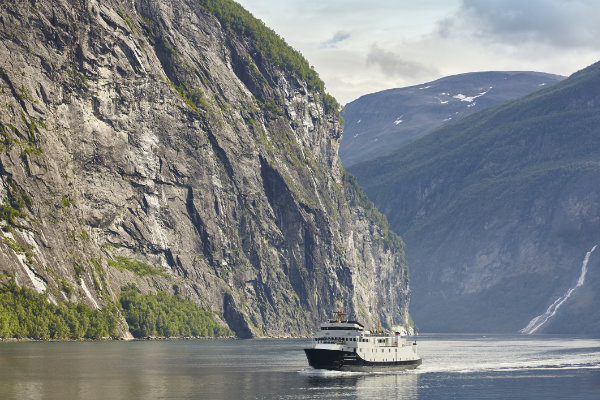
In a bid to make travel a force for good, we’ve coined the term ‘philantourism’ and are proud champions of its concepts. In short, it encourages holiday-goers to visit destinations that benefit the most from tourism and might need the extra economic boost. When you’re there, all you’ve got to do is enjoy yourself and put your money into local businesses, hotels and restaurants. Fortunately, Norway enjoys a stable economy and doesn’t rely as heavily on philantourism as other nations. Nevertheless, tourism plays a significant role in Norway's economy, contributing around 4-5% to its GDP and supporting 7-8% of its employment. So, simply turn up, indulge in locally made brunost (brown cheese) and purchase a piece of handmade knitwear to help do your bit.
Sustainable tourism in Norway extends beyond reducing environmental impact and boosting the economy – we must also ensure the local culture is appreciated and uplifted. Norway is lucky to be home to the vibrant Sami people, the last European indigenous group. The total population of Sami is around 80,000, with half of them living in Norway, predominantly in the north. You can experience and support the Sami way of life by camping in a traditional lavvo (Sami tent) beneath the night sky (and hopefully the Northern Lights), attending a cultural festival, visiting a Sami art exhibition or having a close encounter with a reindeer. The Sami people have been inhabitants of Norway for thousands of years, so there’s no better way to get to know the country.

Image by Terje Rakke - VisitNorway.
Written by Evie Buller | Header Image by Thomas Linkel/LAIF-REA.
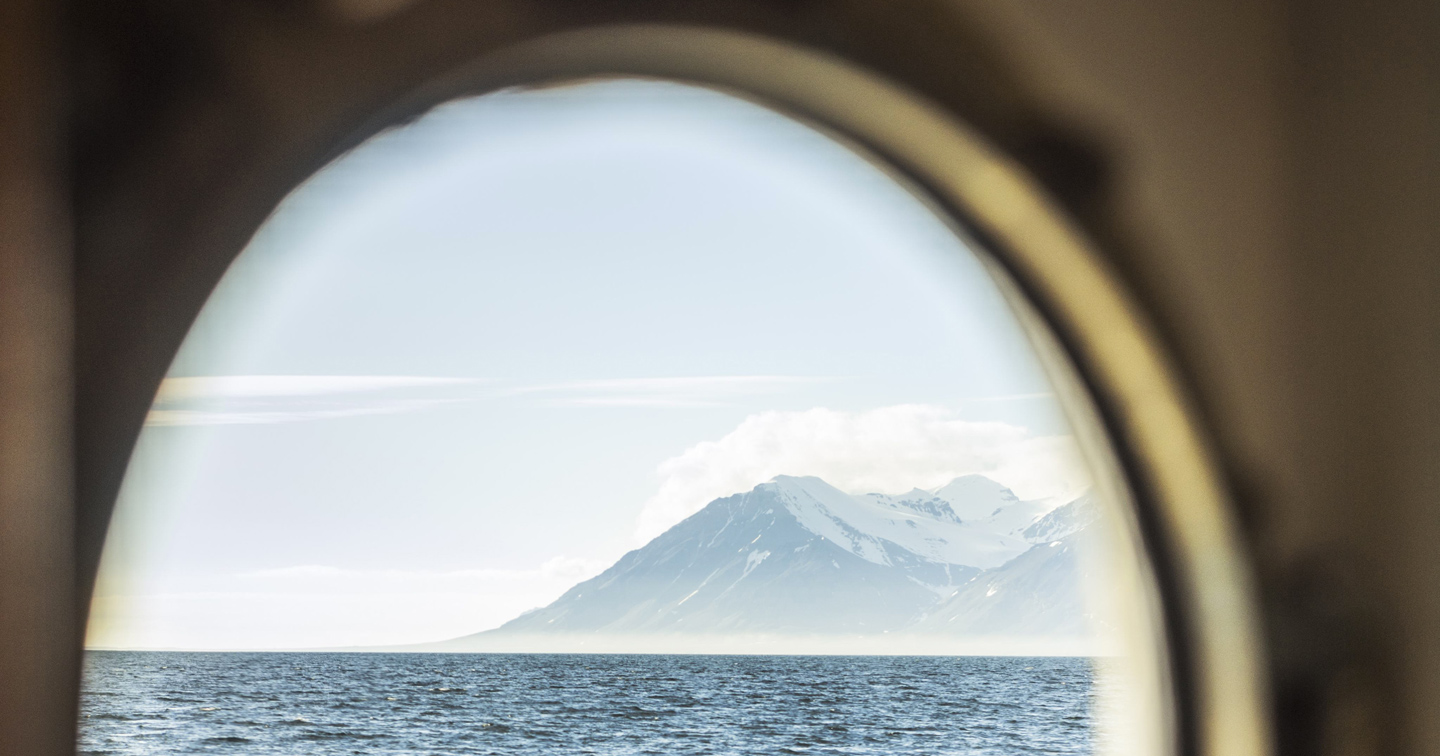
Norway’s majestic fjords, verdant valleys and wild isles offer something special in every season, so it’s easy to see why our team are so passionate about the country. Using their expertise to tailor every trip, you could enjoy mushing a team of huskies, fishing for dinner in the Lofoten Islands, taking part in a local cooking class, and much more. We can advise the most scenic driving routes, tips for avoiding crowds and the best spots to admire Norway’s beauty, be it a cosy fisherman’s rorbu or Scandi-style hotel. The weather can change quickly, but our fantastic Concierges will ensure everything runs smoothly, regardless.
ENQUIRE NOWPractical advice and inspiration for your next trip
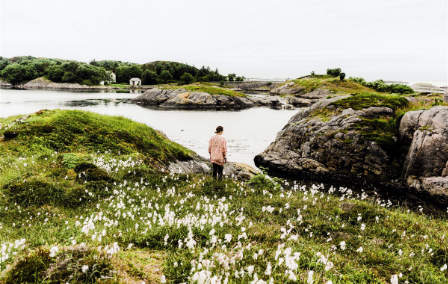
A holiday to Norway in May is all about good food and even better views. Enjoy the flourishing landscapes and quieter hiking trails before the busy summer crowds. Sample fresh seafood in Bergen and celebrate Norway’s National Day, or delve into Trondheim’s music scene at the city’s annual Jazz Festival. For outdoor lovers, Lofoten awaits. Embark on a sea eagle safari, kayak through the fjords or marvel at the Midnight Sun.
1st September 2025 - Norway Travel Inspiration
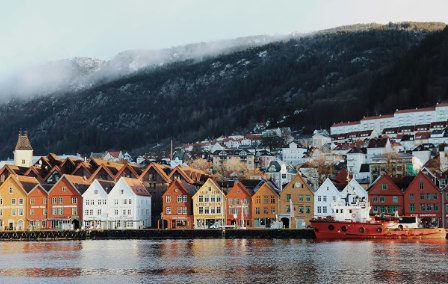
Norway might be most famous for its cinematic landscapes, but its cities are chock-full of charm too. Whether you’d rather hang out in the cool capital, venture beyond the Arctic Circle or tuck into freshly caught seafood on the coast, we’ve rounded up the best cities in Norway for every eventuality. From Alesund’s Art Nouveau architecture to Bergen’s fantastic fjords, read on to discover which Norwegian cities should be on your travel radar… 1.
21st July 2025 - Norway Travel Inspiration
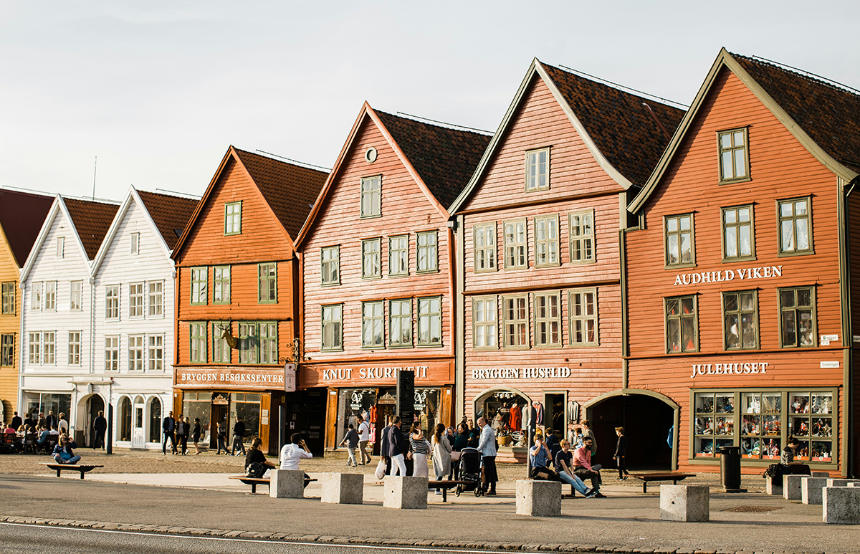
People tend to think of Norway as either a summer or winter destination, but September sits quietly in between – still warm enough for hiking and exploring, but with a chill in the air that brings with it beautiful autumnal scenery. The reasons for a September Norway holiday don’t end there, though. Make a beeline to Oslo for festivals aplenty, head west on a scenic seven-hour journey on the Bergen Railway or marvel at the unfolding colourful landscapes aboard a coastal cruise.
7th July 2025 - Norway Travel Inspiration

Our team of destination experts will get to know you and your unique requirements for your holiday

We work with you to build an ultra-personalised holiday itinerary with your choice of accommodation, experiences and activities

All of our holidays include little extras designed to make a big difference to your trip, from fast-tracking you through airport check-in and security to our network of local Concierges